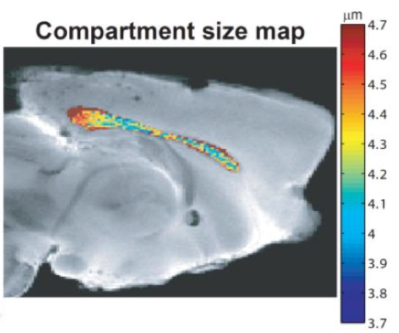Seminars
Random – but not quite: exploiting quantum decoherence as a tool for characterizing unknown systems | Seminar
SEMINAR at IV Quantum Information Workshop – Paraty 2013
Wednesday, August 14th 2013
See comments of the talk at the Paraty 2013’s Blog: Decoupling system and environment.
SEMINAR at CBPF, Rio de Janeiro – Brazil, August 20th, 2013
SEMINAR at FaMAF, Córdoba – Argentina, August 27th, 2013
Abstract
The ability to understand and manipulate the dynamics of quantum systems that interact with external degrees of freedom is a major challenge for fundamental quantum physics and its diverse applications, e.g., quantum information processing (QIP) or precision measurements. Progress in dynamical decoupling has lead to new ways to “protect” quantum bits from external degrees of freedom. Sometimes, however, a little bit of “recoupling” –i.e., exposure to the unknowns of the surrounding medium– can help. In this seminar, I will present a series of experimental methods implemented in NMR where by varying the “protection” given to the quantum states of ½-spins (qubits) can lead to new tools for characterizing unknown systems. In particular, I will show how Dynamical Decoupling noise spectroscopy can probe the spectrum of the environmental noise in order to find optimal methods for protecting the qubits [1]. In a new twist, I will present a method termed Selective Dynamical Recoupling (SDR), where suitable designed pulse sequence applied to the spins can selectively address specific information from the probed systems. SDR can be used to measure coupling strengths to the environment via oscillatory modulations that can serve for example to probe chemical identities derived from chemical shifts [2]. Alternatively, SDR can be designed to selectively measure the correlation time of the environmental noise where its value can be useful to probe diffusion processes in restricted spaces to extract the sizes of pores or cells in a non-invasive manner [3]. Applications of this new and simple approach can be found in materials sciences and biology and in particular it can be useful for investigating the nature of tissue compartmentalization in vivo, in manners which eventually could be useful in human and clinical settings.
[1] G.A. Alvarez, and D. Suter. Phys. Rev. Lett. 107, 230501 (2011).
[2] P.E.S. Smith, G. Bensky, G.A. Alvarez, G. Kurizki, and L. Frydman. Proc. Natl. Acad. Sci. U. S. A. 109, 5958 (2012).
[3] G.A. Alvarez, N. Shemesh, and L. Frydman. Phys. Rev. Lett. 111, 080404 (2013).

Random – but not quite: exploiting quantum decoherence as a tool for characterizing unknown systems | Paraty 2013
SEMINAR at IV Quantum Information Workshop – Paraty 2013
Wednesday, August 14th 2013
See comments of the talk at the Paraty 2013’s Blog: Decoupling system and environment.
Abstract
The ability to understand and manipulate the dynamics of quantum systems that interact with external degrees of freedom is a major challenge for fundamental quantum physics and its diverse applications, e.g., quantum information processing (QIP) or precision measurements. Progress in dynamical decoupling has lead to new ways to “protect” quantum bits from external degrees of freedom. Sometimes, however, a little bit of “recoupling” –i.e., exposure to the unknowns of the surrounding medium– can help. In this seminar, I will present a series of experimental methods implemented in NMR where by varying the “protection” given to the quantum states of ½-spins (qubits) can lead to new tools for characterizing unknown systems. In particular, I will show how Dynamical Decoupling noise spectroscopy can probe the spectrum of the environmental noise in order to find optimal methods for protecting the qubits [1]. In a new twist, I will present a method termed Selective Dynamical Recoupling (SDR), where suitable designed pulse sequence applied to the spins can selectively address specific information from the probed systems. SDR can be used to measure coupling strengths to the environment via oscillatory modulations that can serve for example to probe chemical identities derived from chemical shifts [2]. Alternatively, SDR can be designed to selectively measure the correlation time of the environmental noise where its value can be useful to probe diffusion processes in restricted spaces to extract the sizes of pores or cells in a non-invasive manner [3]. Applications of this new and simple approach can be found in materials sciences and biology and in particular it can be useful for investigating the nature of tissue compartmentalization in vivo, in manners which eventually could be useful in human and clinical settings.
[1] G.A. Alvarez, and D. Suter. Phys. Rev. Lett. 107, 230501 (2011).
[2] P.E.S. Smith, G. Bensky, G.A. Alvarez, G. Kurizki, and L. Frydman. Proc. Natl. Acad. Sci. U. S. A. 109, 5958 (2012).
[3] G.A. Alvarez, N. Shemesh, and L. Frydman. Phys. Rev. Lett. (2013) – in press. arXiv:1305.2794.